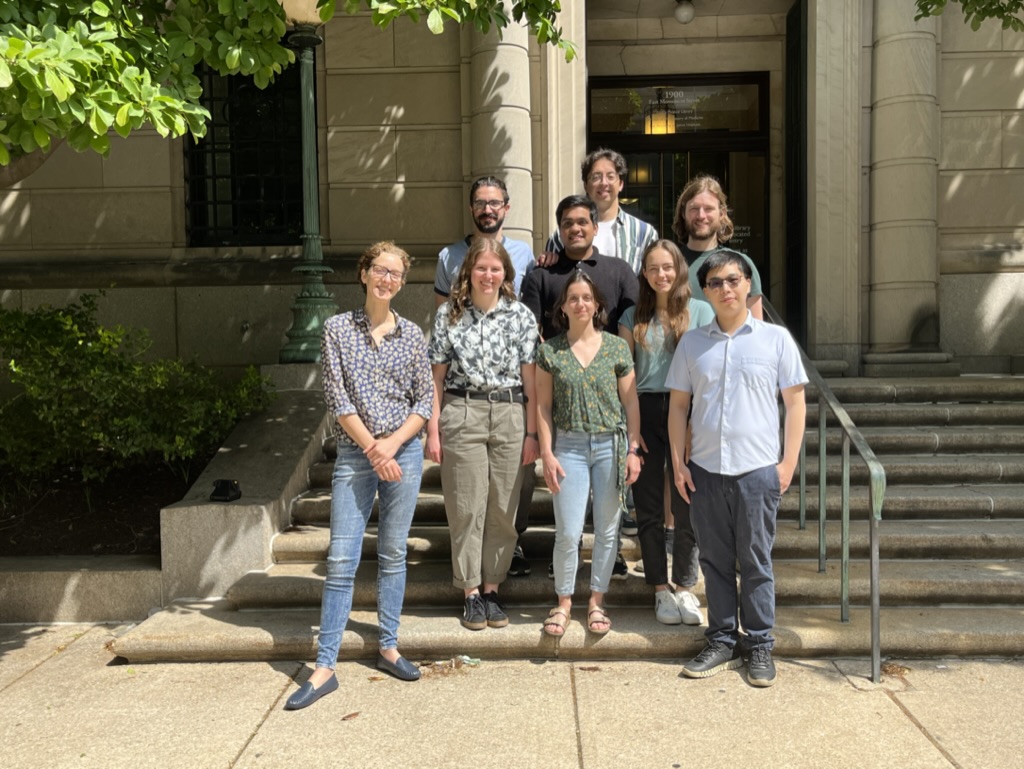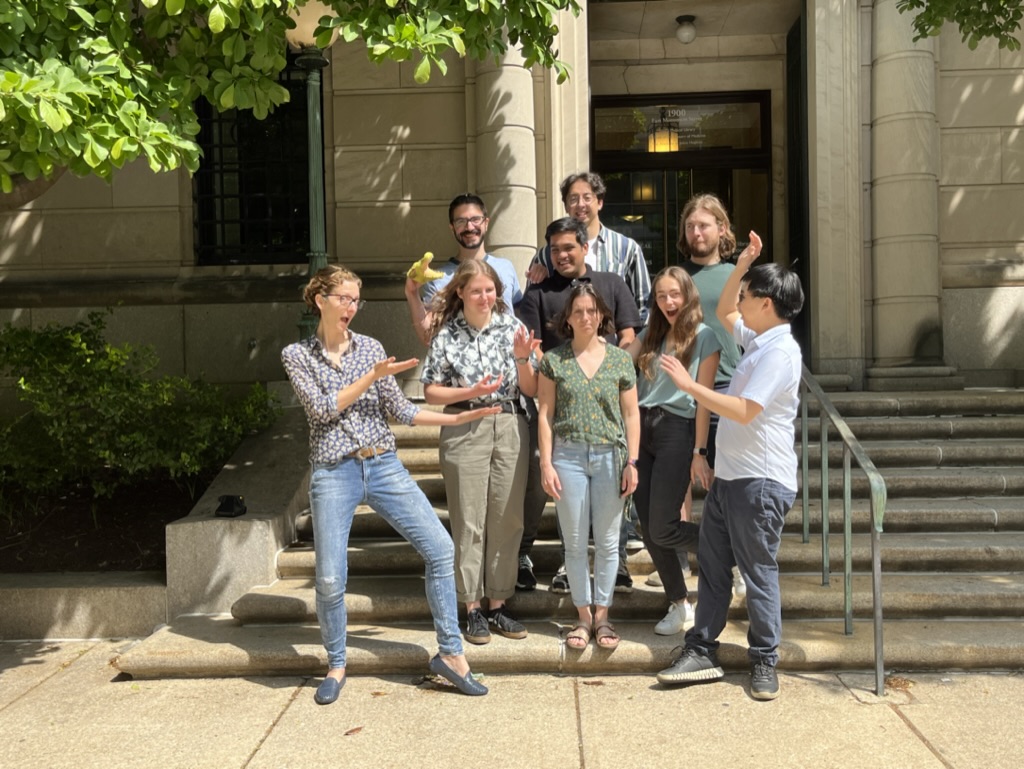About our research
The evolution of multicellularity occurred hand in hand with the diversification of cell types with disparate morphologies and functions. This segregation of function across different cell types enabled astounding animal complexity; but at the same time, extreme specializations of individual cell types often leave them vulnerable to genetic or environmental variations (e.g. the highly specialized physiology of some neurons or muscle cells makes them particularly susceptible to mutations in broadly expressed genes, that do not affect other cell types). Therefore, understanding how cells diversify and what makes them unique, is important to understand animal physiology in health and disease. Our work has explored two aspects of animal cell diversification, with a focus on the gene-regulatory mechanisms that underlie this process.





